By David Halgrimson
Since moving back to Minnesota I have been researching places to go for photo opportunities and found a couple near where I live. One is Swan Park in Monticello Minnesota 15 miles west and Sherburne National Wildlife Refuge 25 miles north of my home. Both easily accessed.
We moved back to MN in November just when the Trumpeter Swans were starting to return to a section of the Mississippi River in Monticello. They stay from November thru February when they mate and leave for their nesting locations. The Swans along with geese and ducks like this area as the river is open due to a power plant on the river to the north and because for the past 30 plus years they get free breakfast and lunch. The Swans are the main draw at Swan Park, a very small park, maybe 40 feet wide, overlooking the river where the birds spend their days, eating, mating and fighting.
For more information on the park and the swans visit this site, http://www.monticellocci.com/pages/Swans.
About knowing the location, not just the Swan Park location, but any location. When visiting in August I went to check out Swan park only to find out there are no swans there in august, but now I knew right where to go when they returned… scouting day one. Once settled after our move, I went back and was pleasantly surprised by not only the swans, ducks and geese but the sheer numbers of them. As the story goes, over 30 years ago there were only a handful of swans and now there can be as many as 2,700 on any given day. I needed to know how to get the best view, what equipment and clothing would be best, it’s dang cold here November thru February. Because people are not allowed down at the river’s edge the area is somewhat secluded, so a good winter coat and stocking hat, warm boots and most of all special gloves. I went through three different sets of gloves to find those that would somewhat keep my hands from freezing. I found mittens with internal gloves that fold open to reveal gloved fingers and thumb to operate the camera. The glove portion of the index and middle finger have a special coating that allows for touch screen operation. Still, my fingers get very cold and I need to warm them occasionally. Next, what kind of lighting might be best for the subject. This day was bright sunlight and I found that the white swans had a good chance of blowing out the histogram, maybe a cloudy or partly cloudy day would work better or perhaps lens filters might help… scouting day 2. Oh, yes I did take pictures.
So now about knowing your equipment. On scouting day 2 I took my Lumix GX8 with a 40-150mm f/2.8 and a 300mm f/4 prime lenses and no tripod. The birds are very active, swimming, diving, taking off, landing, fighting and feeding. A slow shutter would not work but how fast should it be? I tried 400-500 with some good results for the swimming and feeding but needed much faster for the flying, landings and takeoffs.
The Lumix and lenses being new to me and not having used it for birds before, I was not quite sure what settings to use so experimented with a number with mixed results and not to my personal standards. I also found the 300mm a bit too close for many of the shots but great for the birds coming in or taking off…scouting day two.
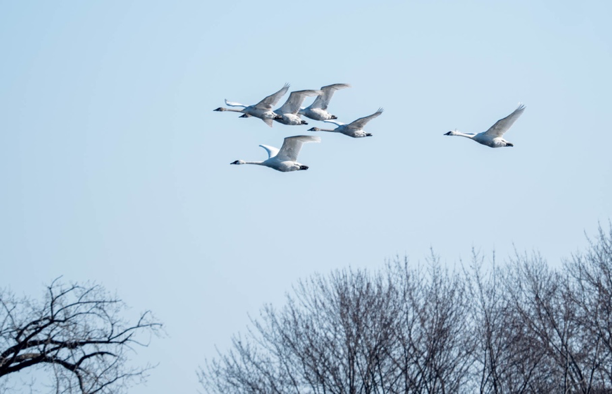
40-150mm, f/4, ISO 100 1/640th hand held
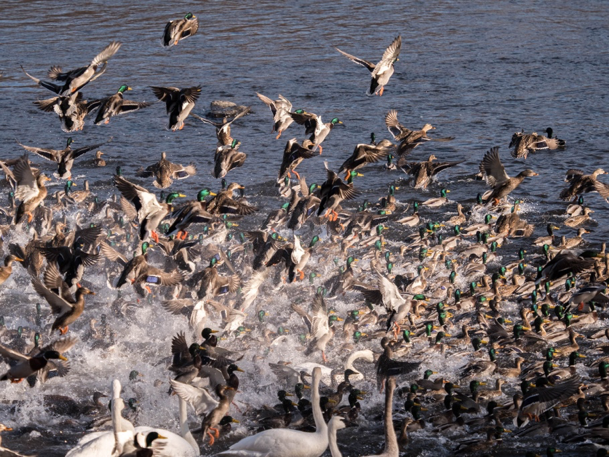
40-150mm, f/4, ISO 400, 1/2000th hand held
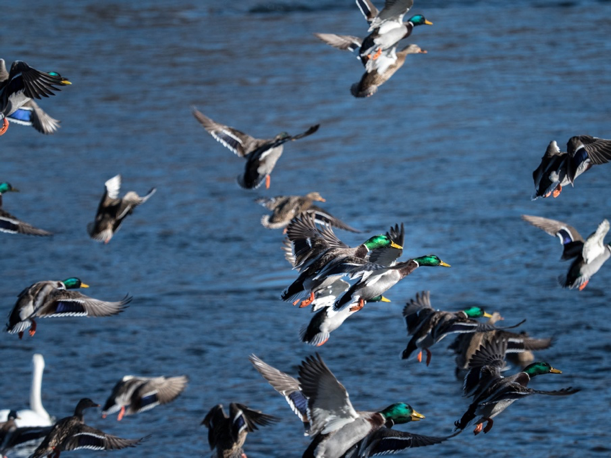
40-150mm, f/4, ISO 400, 1/2000th hand held
Not quite as sharp as I wanted as can be seen here. Part of that is the aperture of f/4 giving less DOF.
I went home to review my images and decided to do some research on best settings for the camera and lens combinations. After some testing and experimenting and finding the settings I thought would work best for me, I decided to setup a custom setting for wildlife on both camera bodies. This included the shutter speed, aperture, ISO, high speed burst and more, this way when I am shooting birds and fast moving subjects I don’t have to remember settings I can just set the camera(s) to custom 1 and start shooting and making small adjustments as needed from there.
Now with all the scouting complete and camera settings configured it was time to return for a real shoot. I took both camera bodies, one with the 40-150mm and one with the 300mm and, yes, a tripod. I used the 300mm on the tripod for the birds in the air and the 40-150mm hand held for the action on the water.
All the scouting, researching, testing and camera setup paid off big time. I went on a bright but cloudy day, cameras all ready, my warmest gloves, set up the tripod with the 300mm, hung the other around my neck and started shooting. The results were to me more than I expected.
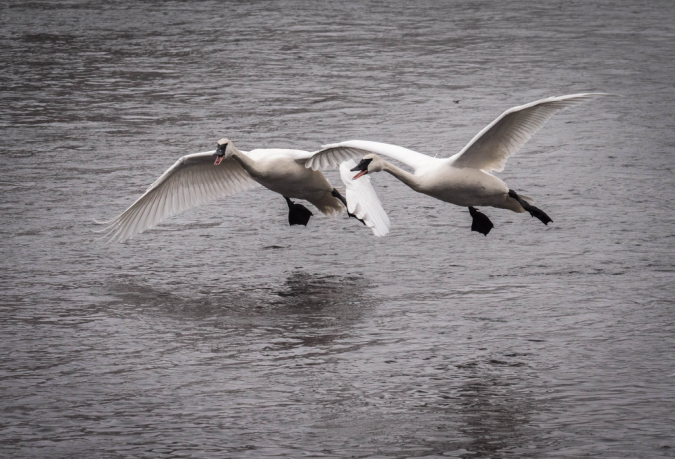
300mm, 1/2000th, ISO 400, f/8 tripod mounted
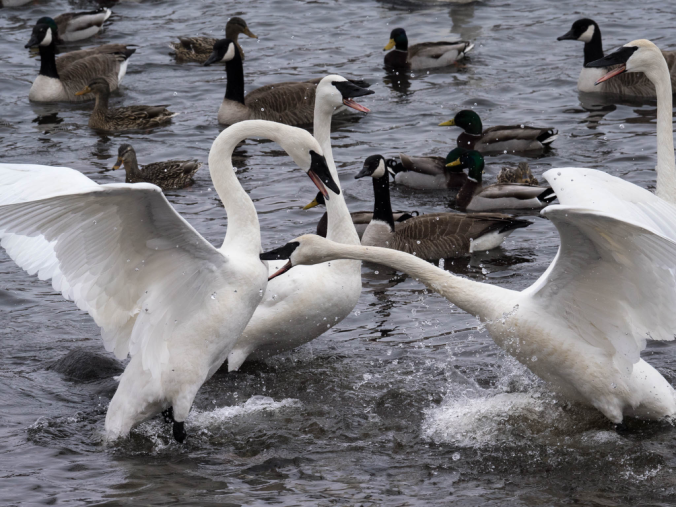
300mm, 1/2000th, ISO 400, f/8 tripod mounted
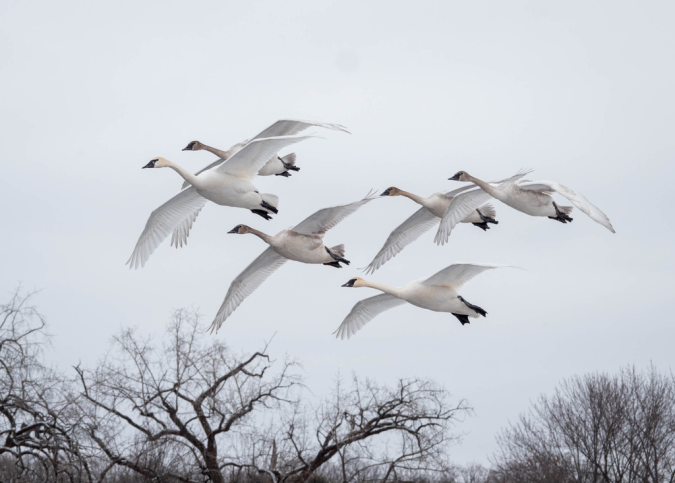
40-150mm, 1/2000th, ISO 400, f/8 hand held
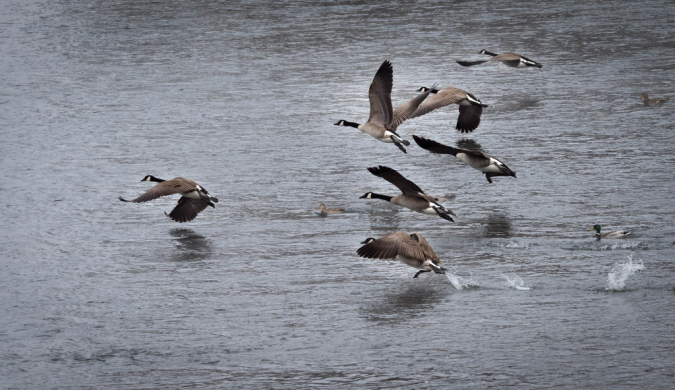
40-150mm, 1/2000th, ISO 400, f/8 handheld
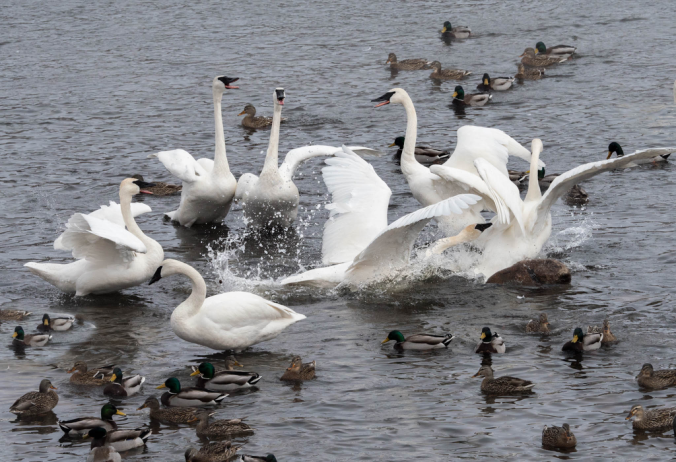
40-150mm, 1/2000th, ISO 400, f/8 handheld
As can be seen in these the DOF and sharpness are much better. This is due to the faster shutter and and smaller aperture settings.
Know you equipment and do your scouting, it pays off in the long run.
Check out Arizona Highways PhotoScapes at https://photography-workshops.directory/photographer/arizona-highways-photo-workshops/
David Halgrimson is a Volunteer Photo Guide with Arizona Highways PhotoScapes
View Post on Original Blog
https://blog.ahpw.org/2018/05/05/know-your-equipment-and-location/
